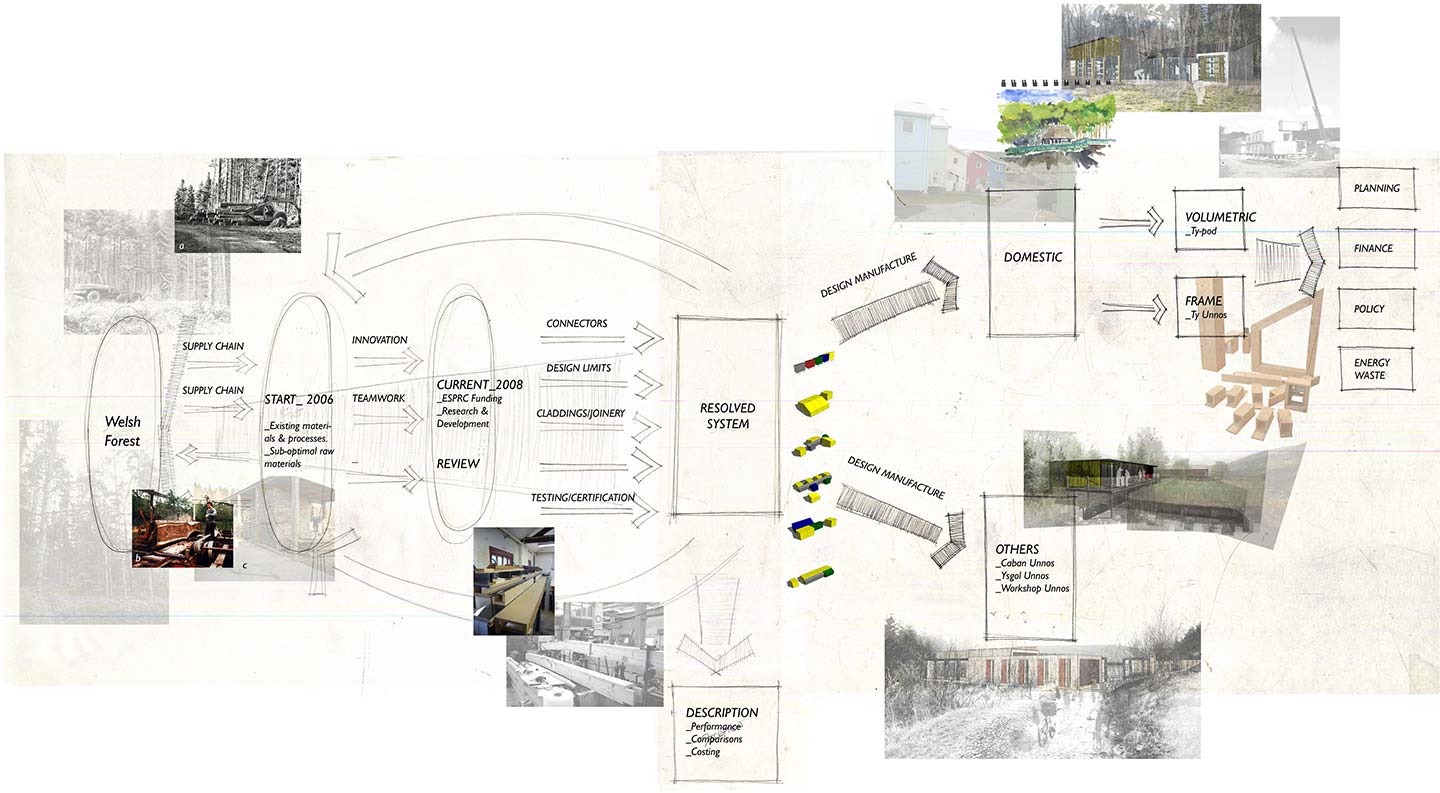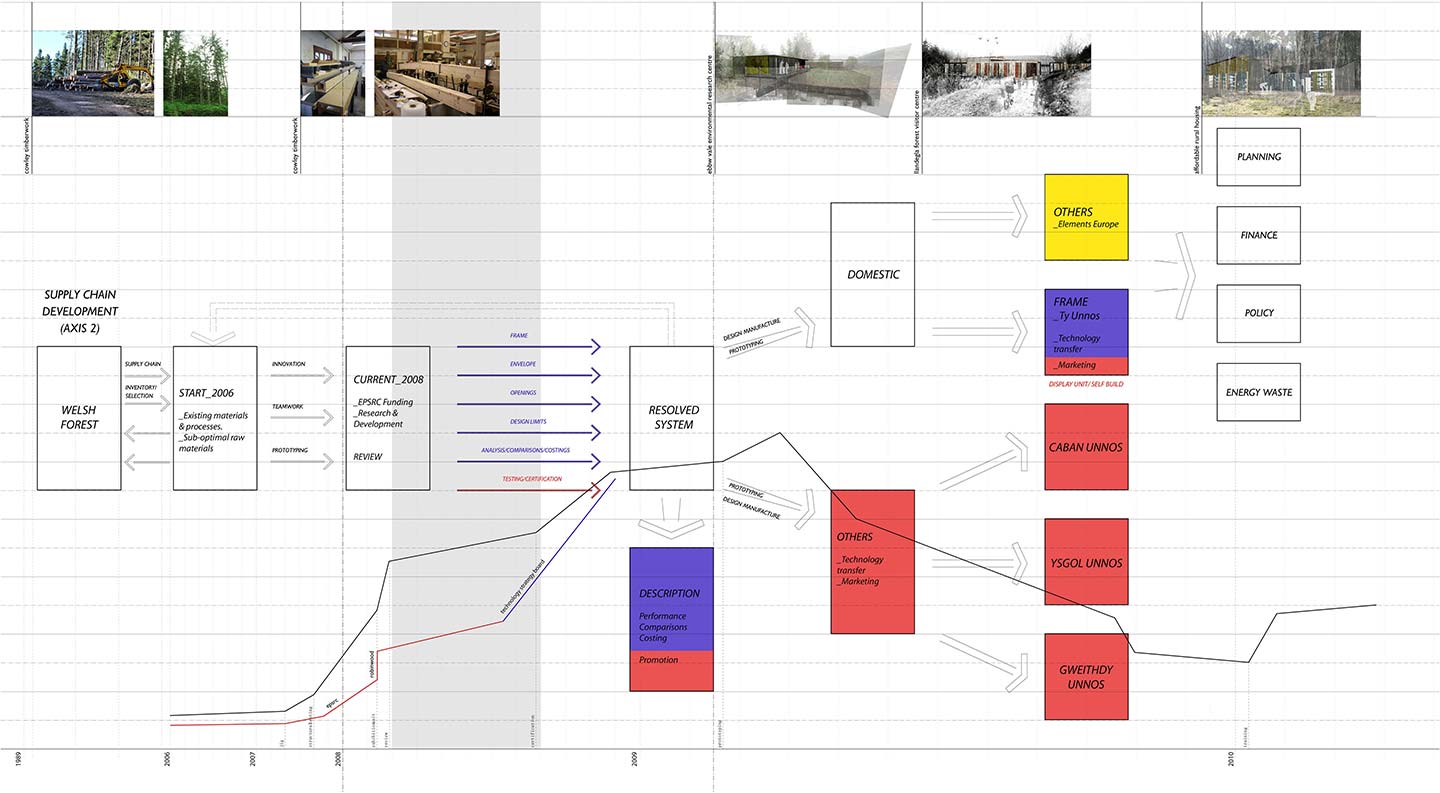Tŷ Unnos is a building system designed to use and add value to Wales’ home-grown softwood resource.
Primarily developed as a sustainable, affordable, energy efficient housing system that could be grown, manufactured and built within the local area. Creating jobs in forestry, milling, manufacture, construction, design, engineering and knowledge transfer.
Designed around the unique characteristics of Welsh grown Sitka spruce, the CCW feasibility study proposed a radical departure from standard imported timber frame technology – a system of components that could be manufactured in a factory, bought to site and assembled quickly and efficiently in a day giving a secure water tight structure.
Sitka spruce
In its native northern range of Alaska and North America, Sitka spruce grows slowly to a great age. These old growth stands produce a pale coloured timber with exceptional strength to weight ratio, which led to one of its uses in aircraft frames.
The Forestry Commission was established in 1919 to ensure national security of domestic timber production. Sitka spruce was planted as the tree of choice on the majority of FC sites because of its liking for a mild and wet climate and its ability to establish in peaty upland soils. There are now 150,000 hectares of coniferous plantations in Wales, which produce around a million tonnes of softwood per annum. NRW Statistics
Softwood planting policy in the past four decades, focussed on yield class (‘volume’), has determined the timber that is available today. The forecast for volume of logs available to the market is downwards and risk of disease is high due to limited species and low genetic diversity. Timber quality is being reduced due to genetic selection, planting spacing, speed of growth and thinning regimes. Wood properties and uses of spruce in Britain.
Welsh spruce in comparison to imported spruce:
- Grows much faster due to our mild climate and long growing season
- Produces timber of lower density due to the fast growth rate
- Has heavier branching and larger knots due to increased planting spacing to limit thinning costs
- Has a tendency to twist during drying – cited by timber frame manufacturers as their main reason for not using it
- Is only structurally machine graded to C16 by British sawmills – it is perceived to be uneconomic to grade to C24 due to the ratio of passes to failures.
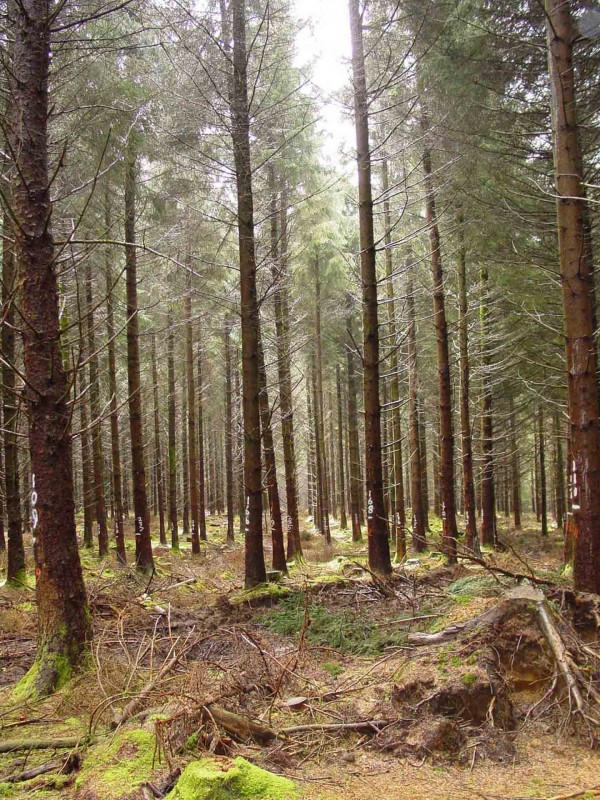
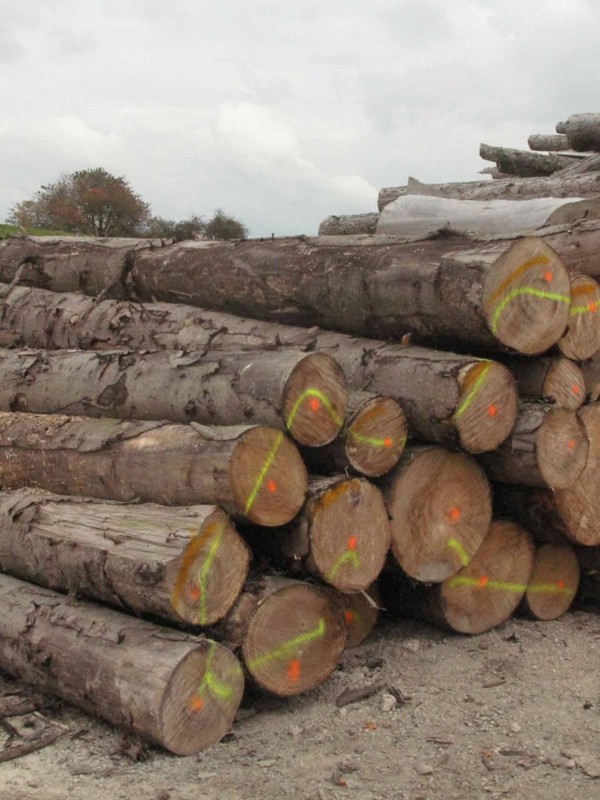
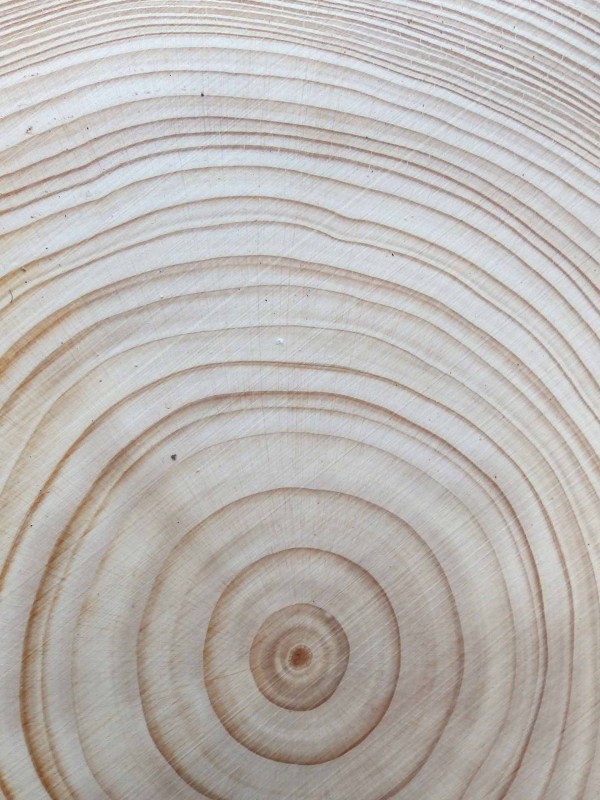
Home-grown Sitka spruce is processed for a number of markets including fencing, wood fuel, chipboard and pallets but the most important commodity produced is carcassing timber which is machine graded to a maximum strength of C16, the lowest strength class in general use. This is widely sold through builders’ merchants for use in general carpentry. It is readily available in a range of standard lengths up to 4.8m, a standard thickness of 47mm and widths from 75mm to 250mm.
In 2007 all of the modern timber frame manufacturers in Wales (and the UK) used imported C24 softwoods due to its availability, consistency, greater stability and strength. Therefore a simple substitution of imported C24 with home- grown C16 was not deemed possible. For a system to be adopted generally and to maximise the use of Welsh timber it would need to stabilise the main structural components and eliminate the use of conventional trussed rafters (which use imported timber).
Research aim
The multidisciplinary research team where challenged to design, fabricate and prototype a solution that incorporated:
- The use of standardised sizes and sections of C16 Sitka spruce from the local sawmills;
- The use of low-tech engineering methods that complimented the available skills and plant to reduce costs and enable quick mobilisation;
- Sustainability, energy efficiency and affordability in domestic systems;
- A system that promoted high architectural design solutions and low carbon performance;
- Current building regulations as standard – Code for Sustainable homes 4 or above;
- Forthcoming European legislation – Euro code 5, Construction Products Directive, CE marking.
Components
The research led to two systems that use timber in a low tech manner – ‘The Segal Method’ and ‘Espansiva System’
Building on these systems the Tŷ Unnos components were developed.
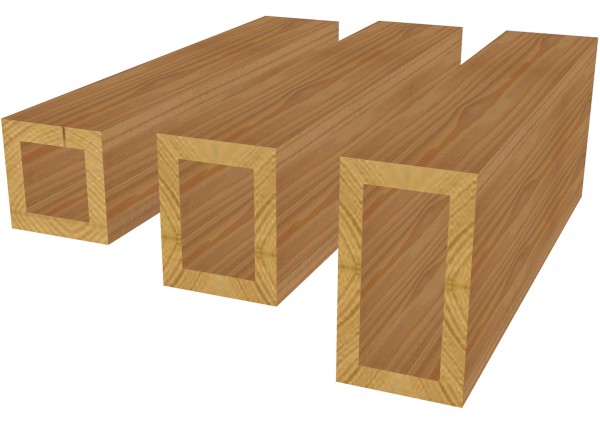
Box beam
Four sections of timber are machined with tongues and grooves and then glued together under pressure to form a hollow box, which is light, strong and can be internally insulated.

Ladder beam
2 lengths of timber are joined together but held apart by ‘rungs’ to act as joists, rafters and studding, enabling greater depths/widths of insulation in floors, walls and ceilings. Combined with board products the ladder beams can make open/closed panels.
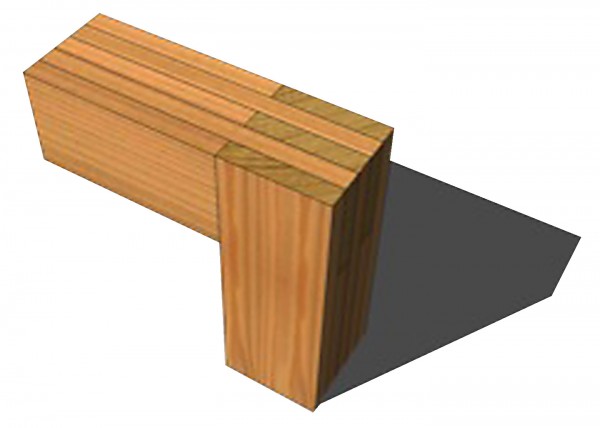
Connector
Using offcuts from the manufacture of the box and ladder beams to join the box beams together into portal frames.
Combined with frame connectors and infill panels, the engineered components can form an innovative whole building construction system.
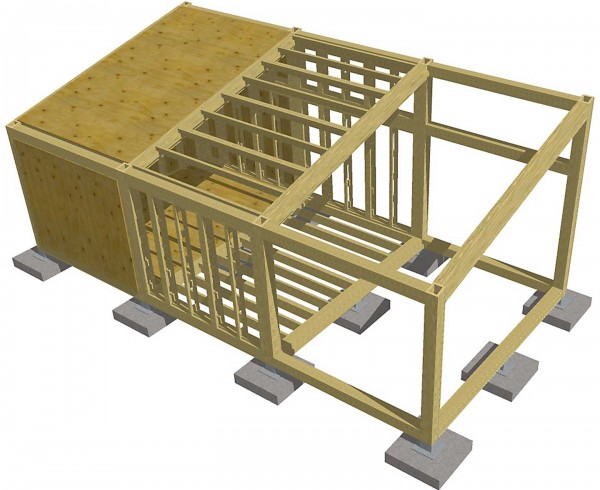
The Tŷ Unnos route map
From the woodlands through the whole supply chain to the finished products
2008
2011
Open source resource
The knowledge, research and information gathered during the project are open source – providing a resource for the tree and timber industry.
The design teams prototyped, manufactured, learnt, built and disseminated. Creating a broad portfolio of projects.


